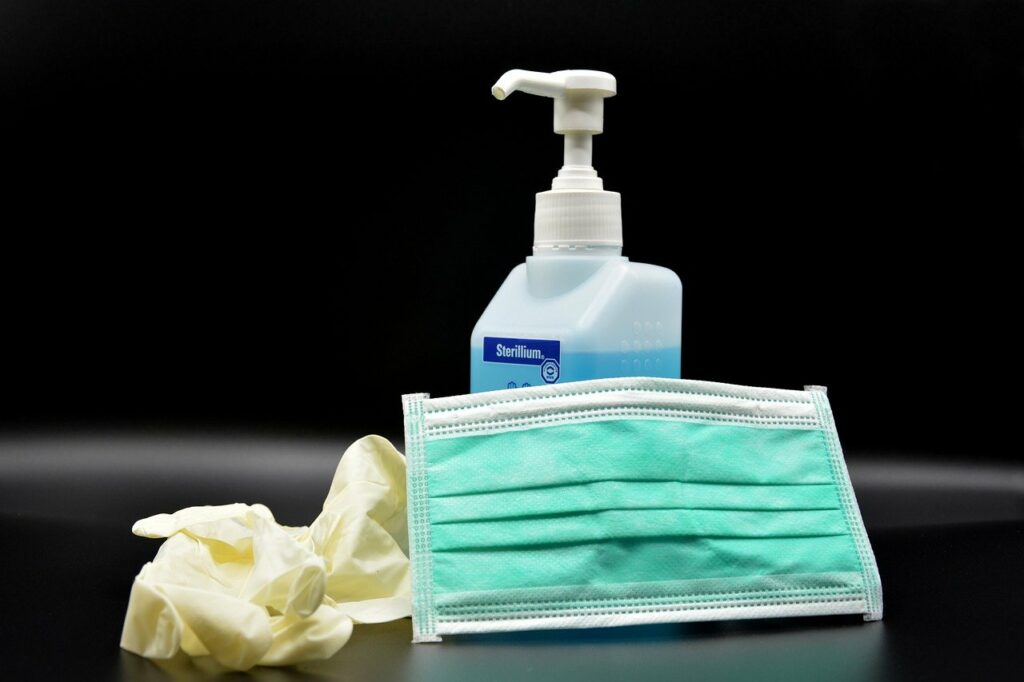Hello and welcome to this part of the training “Health Control Plan”, taken from introductory guide to foodtech and the basics of modern catering
In this chapter, we will focus on how you must, as a restaurateur-entrepreneur, manage how to fight pests, and anticipate the arrival of pests within your establishment.
Pests, kesako?
Pests generically refer to insects (creeping, flying), rodents, THE birds, which pose a threat to food establishments. Indeed, in addition to the bad image that their presence can cause, pests constitute a risk of contamination.
What is the objective of pest control?
The main effects of implementing a pest control plan are:
- Obviously, the absence of pests within the establishment;
- But also monitoring preventive and/or corrective actions in the fight against pests
The objective is to prevent any presence of pests, but also to monitor over time the plan put in place as part of the fight against pests, in order to evaluate the effectiveness of this plan and reduce future risks.
Layout of premises and equipment
The premises must be arranged in such a way as to reduce the risk of pests. This involves several actions to be implemented:
- All openings towards the outside or towards the common parts of a building must, as far as possible, be kept closed, airtight. In order to renew the air, grills and mosquito nets can be installed, allowing windows to be left open.
- The holes (passage of cables, pipes or conduits) must be blocked, for example with plaster, so as not to let pests pass through these passages.
- The siphon baskets of the drain grilles must be in place and kept clean.
- Surfaces must be dried before closing and avoid stagnant water and other sources of humidity.
- Finally, all hygiene rules must be respected and clean the premises regularly so as to leave no chance for pests to reproduce within the establishment.
Good practices against pests
As part of the fight against pests, here is a set of good practices to put in place.
- Detect pest passage areas, via the presence of droppings for example, or partially chewed packaging, in order first of all to report their presence to the management teams who can implement treatment.
- Check the condition of the goods received in the establishment, as well as packaging, which can transport pests and therefore contaminate the premises. If pests or traces of the presence of pests are detected, it is imperative to eliminate the origin of the contamination or even destroy the product and report the information to managers and suppliers.
- Close airtight all foodstuffs in bins and boxes. Nothing should be left out in the open.
- Above all, do not leave waste accessible at the end of services: trash cans must be kept closed and treated as much as possible.
- Do not store food on the ground.
- Finally, clean the premises regularly.
Pest prevention and control program
You have the obligation to put in place a pest prevention and control program, which notably involves installing pest traps. The easiest way to do this is to call on a specialized company, for example, Rentokil, one of the best known.
Obligations of the restaurateur
When you call on a company specializing in pest control, here is the information you must have, in order to communicate it if necessary:
- A plan for locating traps and bait
- The frequency of treatments, which generally corresponds to the passage of agents of the specialized company
- The technical sheet of the products and traps installed (nature of the products, risks, precautions to take, etc.). These data are important in the event of accidental contamination or ingestion, in order to communicate them to the emergency services or the poison control center!
- The person(s) responsible for the treatments installed
- Recordings : contracts and service provider records.
You must therefore check with the service provider, who will be able to provide the plan.
Prohibitions
- Pest control products and aerosols are not authorized in the presence of food.
- Products in the form of powder or granules likely to contaminate the working environment as well as food are not authorized. Protected bait should be preferred (these are the small boxes that specialist service providers use).
- Baits are prohibited in staging areas.
- Do not do any major processing, such as spraying a chemical, during a production or customer opening period.
In other words, the treatments must not come into direct or distant contact with foodstuffs, and their application must be done when all sensitive equipment as well as the foodstuffs are stored and protected.
Products known in the fight against pests
- Against flying insects, we can use electrified grids or glue plates.
- Against rodents: we can use traps. Baits must be located in storage areas at room temperature, but food must be protected and stored, access corridors, technical areas with little traffic (cellars, common areas, etc.), false ceilings where rodents circulate a lot, and if possible outside near the establishment.
And that’s it, that’s it for pest treatment. I hope that you have integrated these concepts well, and I see you soon for new learning!






